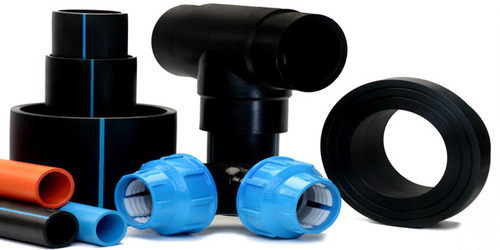Hdpe Pipe
Once upon a time HDPE pipes and fittings were merely viewed as alternative products during a pile of various options for infrastructure projects in Africa. Now they’re becoming a necessity, their importance enhanced by contemporary demands of our times.
Those who are observant can note an attitude shift within the choice of construction materials worldwide, with a growing preference for products which address our generation’s main priorities – cost and environmental consciousness. This is often prominent within the piping industry, within the application of high-density polyethene (HDPE)pipes and fittings especially .
It is hard to ignore the growing bias towards HDPE pipes and fittings thanks to their green attributes and comparative cost-effectiveness.

A recently concluded study by the South African Plastic Pipes Manufacturers Association (SAPPMA) Technical Committee substantiates the growing appetite for HDPE pipes and fittings because the right products to deal with current infrastructure development challenges. Generally , the study’s findings underline the most benefits that HDPE brings as low energy costs, low environmental impact and fairly low operation and maintenance costs over products manufactured from other materials.
According to Ben Levitas of African Pipes Valves and Fittings (A.P.V.F), the marketplace for HDPE pipes and fittings is growing sooner than for the other thermoplastic system. “We are following a trend that started in Europe. The pipe has many properties, corrosion resistance, impact strength, UV resistance, simple installation and even chemical resistance. In South Africa , there are about 14 manufacturers that meet the international standards, therefore the pipe is quickly available and costs are competitive. Many of those manufacturers depend upon exports, and provide mines as far because the DRC.”
Product Range for applications include:
![SRI SHYAM ADDITIVES [P] LIMITED](https://srishyamadditives.in/wp-content/uploads/2020/07/cropped-png-352x87.png)